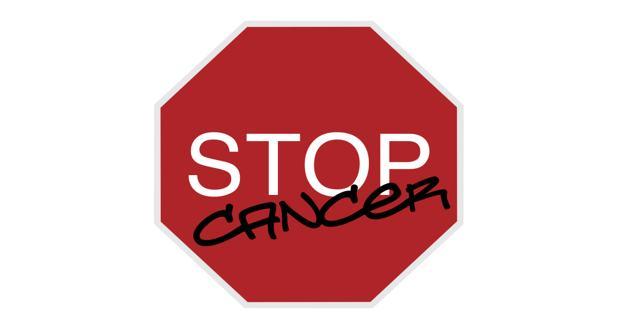10 Tips To Reduce Risks Of Getting Cancer

10 Tips To Reduce Risks Of Getting Cancer. Preventing cancer is kind of a big deal. This is because cancer is not a single disease but a group of related diseases. Many things in our genes, our lifestyle, and the environment around us may increase or decrease our risk of getting cancer. You make choices every day that affect your health. Follow these 10 tips to reduce your risk.
1. Protect Your Skin From The Sun
Skin cancer is the most common and most preventable cancer in the United States. More than 3.5 million skin cancers in over two million people are diagnosed annually. Exposure to the sun’s ultraviolet radiation causes most skin cancer. Be sure to use adequate sun protection year-round. Never use indoor tanning beds.
2. Don’t Use Tobacco
The use of tobacco products has been linked to many types of cancer, including lung, colorectal, breast, throat, cervical, bladder, mouth and esophageal. It’s never too late to quit. About 90 percent of all lung cancer is related to smoking. Non-smokers who are exposed to secondhand smoke are also at risk for lung cancer and other respiratory conditions
3. Exercise
Getting at least 30 minutes of physical activity each day can make a big difference in your general health and well-being. Inactivity and obesity have been linked to breast and colorectal cancer, and there is also some evidence of a link to lung and pancreatic cancer. Add exercise to your routine to reduce stress, increase energy, boost your immune system, control your weight and reduce your risk for cance
4. Eat Properly
Reduce your consumption of saturated fat and red meat, which appears to increase the risk of colon and prostate cancers. Limit your intake of charbroiled foods (especially meat), and avoid deep-fried foods. Increase your consumption of fruits, vegetables, and whole grains. High-fiber diets may reduce the risk of colon cancer. And don’t forget to eat fish two to three times a week; you’ll get protection from heart disease, and you may reduce your risk of prostate cancer.
5. Cut Sugary Drinks
Not only do sugary drinks contribute to obesity and diabetes, they may also increase your risk of endometrial cancer. Whether you drink a diet coke or a regular coke, you’ll likely eat the same burger and fries. And you’ll get hungry about the same number of hours later. Regular coke, in short, is simply adding more calories to your day, which can all too easily add more pounds on you.
7. Reduce Your Alcohol Intake
Excess alcohol increases the risk of cancers of the mouth, larynx (voice box), esophagus (food pipe), liver, and colon; it also increases a woman’s risk of breast cancer. Smoking further increases the risk of many alcohol-induced malignancies.
8. Practice Safe Sex
Many strains of the Human papillomavirus, also known as HPV, are spread through skin to skin contact during vaginal, anal and oral sex. High-risk strains of HPV have increasingly been found to cause many types of cancer. The Hepatitis B virus (HBV) can also be spread from person to person through unprotected sex. It can cause long-term liver infections that can increase a person’s chance of developing liver cancer.
9. Get Immunized
Cancer prevention includes protection from certain viral infections. Talk to your doctor about immunization against Hepatitis B which can increase the risk of developing liver cancer and Human papillomavirus (HPV), a sexually transmitted virus that can lead to cervical and other genital cancers as well as squamous cell cancers of the head and neck.
10. Get Regular Screenings
Talk to your health care professional about cancer screening. Some tests can help detect cancer early, when treatment is more likely to be successful, and some can also detect precancerous conditions before they become cancer. While screening has been proven to save lives, screening guidelines aren’t always “one size fits all.”




